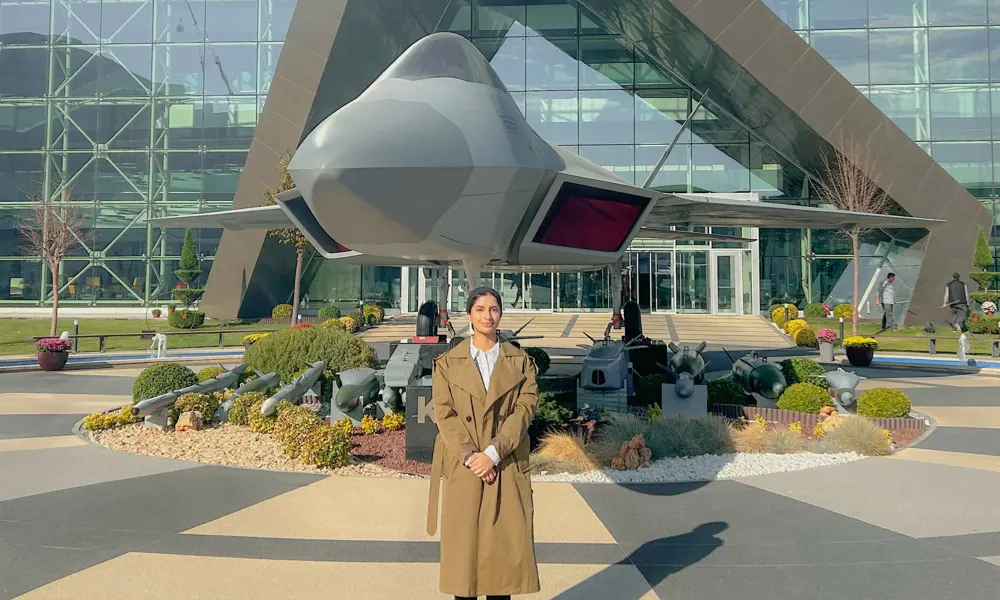
Q&A: Khadijah Ismail, aerospace engineer
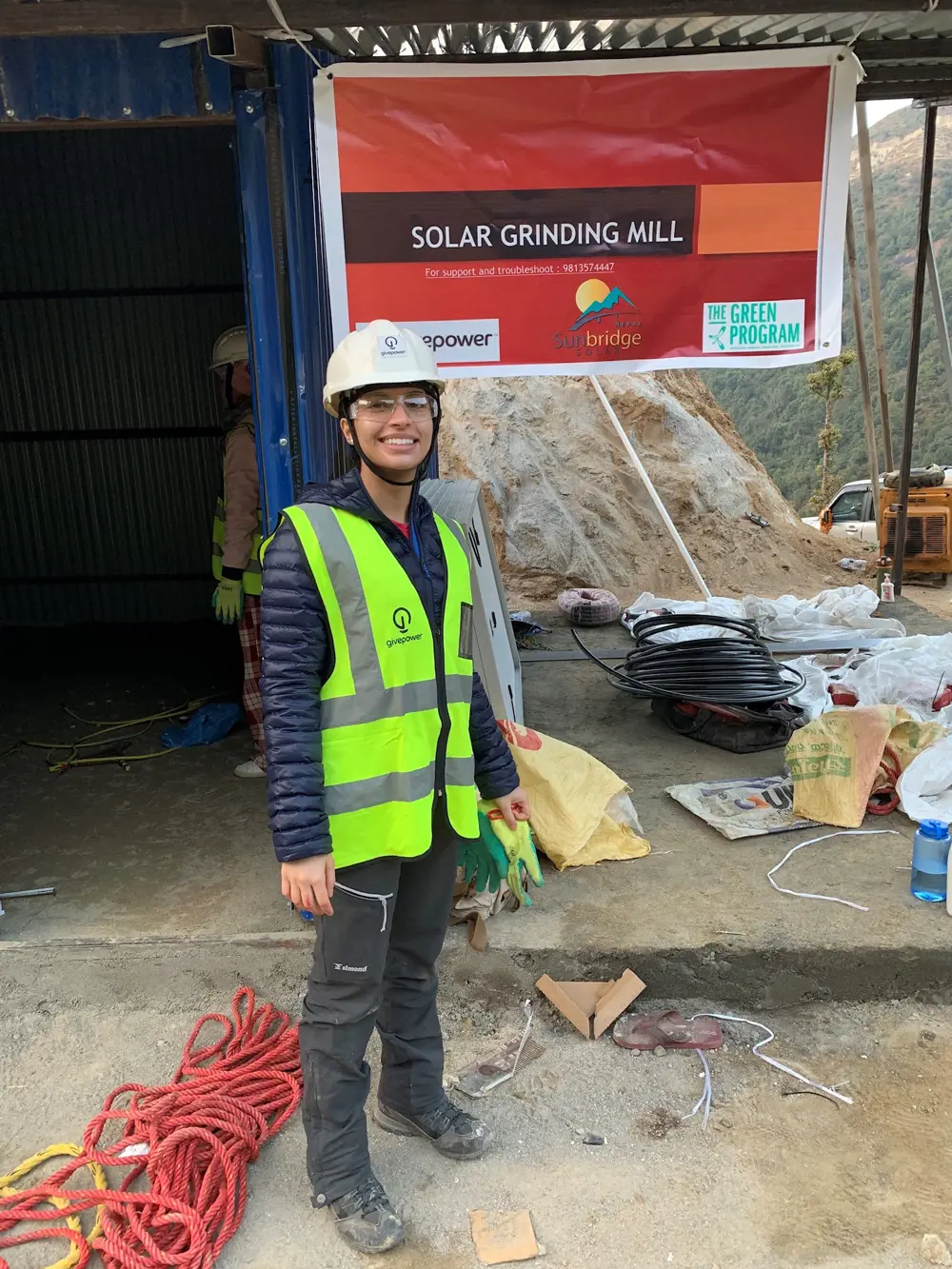
Khadijah in Nepal at the site of a solar grinding mill project © Khadijah Ismail 2021
Why did you become interested in science and engineering?
I’ve always been captivated by aircraft, and that childhood wonder never really left me. It felt natural to channel that passion into a career in aerospace engineering. The thrill of understanding the intricacies of flight and the mechanics behind it was intriguing.
How did you get to where you are now?
I took a nonconventional path. Instead of the traditional academic route, I embarked on a degree apprenticeship with BAE Systems. This provided me with invaluable learning experiences and exposure to different facets of engineering. Over the past six years at BAE Systems, I’ve rotated among various teams, delving into different parts of the engineering lifecycle and truly comprehending systems thinking.
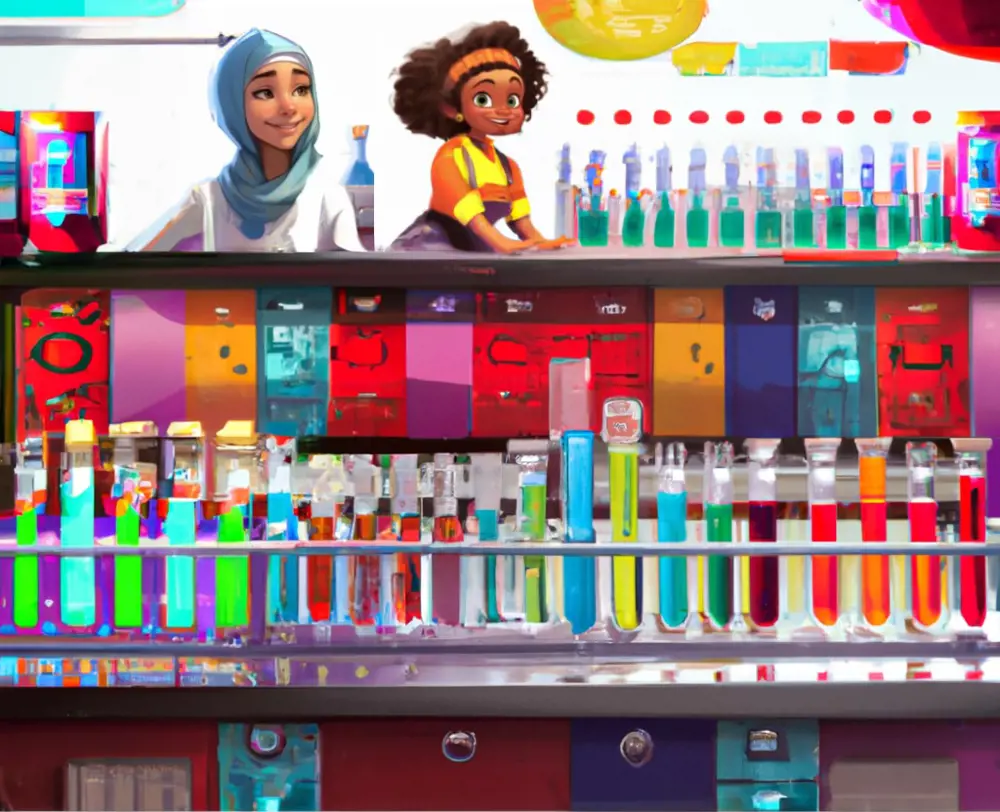
Illustration featuring the characters in The STEMventurers © Khadijah Ismail
What has been your biggest achievement to date?
There have been several milestones in my career, but two stand out. First, contributing to the PHASA-35 project, which is an ultra-lightweight, high-altitude, pseudo-satellite, uncrewed aerial system that is powered by solar energy. It will provide an alternative for Earth observation and satellite communications. The second is being a part of the Kaan project in Turkey to design and develop an indigenous fifth-generation fighter jet for the Turkish Air Force. Outside of my core job, I had the privilege to travel to Nepal (thanks to funding from the Royal Academy of Engineering’s Engineering Leaders Scholarship programme), to work on solar microgrids. I’m also currently working on STEM books for children, aiming to inspire the next generation, which are available on Amazon.
What is your favourite thing about being an engineer?
For me, the beauty of engineering lies in its ability to reduce complexity and make sense of the intricate. I cherish the opportunity to think abstractly, employ model-based systems engineering approaches, and contribute to projects that have a tangible impact on our world. But it’s more than just the technical bits – it’s about the people I work with, the shared laughter over a coffee break, and the collective cheer when we crack a tough problem.
What does a typical day involve for you?
As a mission systems engineer based in Turkey, my day revolves around employing systems thinking to navigate challenges. I frequently use Magicdraw by Dassault Systems, a software toolset that aids in understanding and addressing complex engineering problems through a model-based approach.
Quick-fire facts
Age:
24
Qualifications:
degree in aerospace engineering (through apprenticeship with BAE Systems)
Biggest engineering inspiration:
the brilliant engineers I work with daily
Most-used technology:
Magicdraw by Dassault Systems
Three words that describe you:
motivated, enthusiastic, driven
What would be your advice to young people looking to pursue a career in engineering?
There’s magic in engineering, in creating, in building. Embrace every learning opportunity that comes your way. Engineering is not just about technical know-how: it’s about understanding the bigger picture, collaborating with others, and being persistent in the face of challenges. Remember, unconventional paths often lead to the most rewarding experiences.
What’s next for you?
I’m excited about the continuous growth and learning opportunities that lie ahead. I aim to further my contributions in aerospace engineering and expand on my passion project: the STEM books for children. I believe in empowering the next generation with knowledge and inspiration.
Keep up-to-date with Ingenia for free
SubscribeRelated content
Aerospace
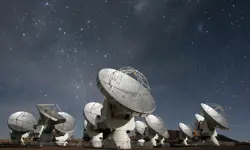
ALMA – the high altitude observatory
The Atacama Large Millimetre/submillimetre Array (ALMA) is the largest and most expensive ground-based telescope built, revolutionising our understanding of stars and planetary systems. Building it in the Atacama Desert in Chile required the ingenuity of hundreds of engineers.

Communicating with outer space
The Royal Academy of Engineering awarded a team at BAE Systems the Major Project Award in June 2016 for their development of a powerful satellite modem system, pivotal in enabling the precise control of the pioneering Rosetta spacecraft and the first-ever soft landing of a spacecraft on a comet.
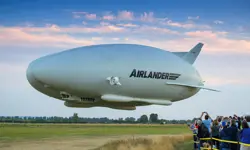
An aircraft like no other
The Airlander made headlines when it embarked on its first test flight in August 2016 as the world’s largest aircraft. Chris Daniels at Hybrid Air Vehicles Limited, and David Burns, Airlander’s Chief Test Pilot, talk about the engineering that helped it reach this stage and plans for the craft’s future.

Q&A: Lucy Harden
Lucy Harden is a mechanical engineer on BAE Systems’ Digital Light Engine Head-Up Display development programme. She devises innovative solutions for pilots to display essential flight information that sits directly in their line of sight and is overlaid onto the real world.
Other content from Ingenia
Quick read

- Environment & sustainability
- Opinion
A young engineer’s perspective on the good, the bad and the ugly of COP27

- Environment & sustainability
- Issue 95
How do we pay for net zero technologies?
Quick read

- Transport
- Mechanical
- How I got here
Electrifying trains and STEMAZING outreach

- Civil & structural
- Environment & sustainability
- Issue 95